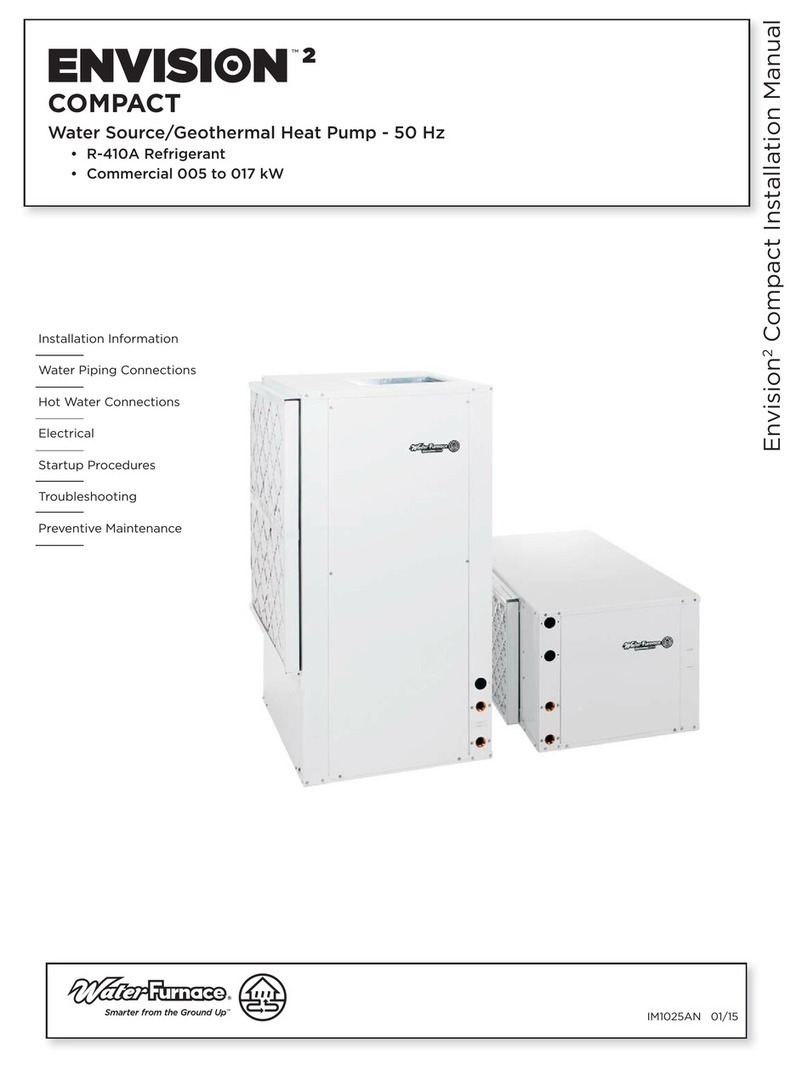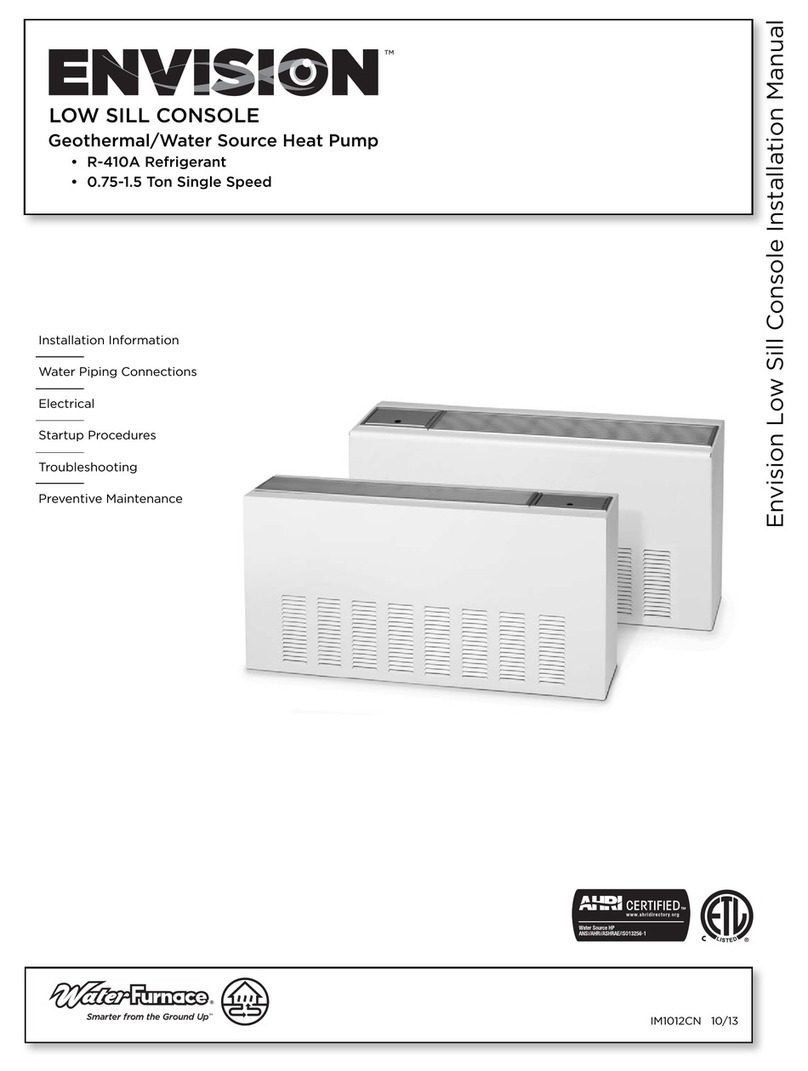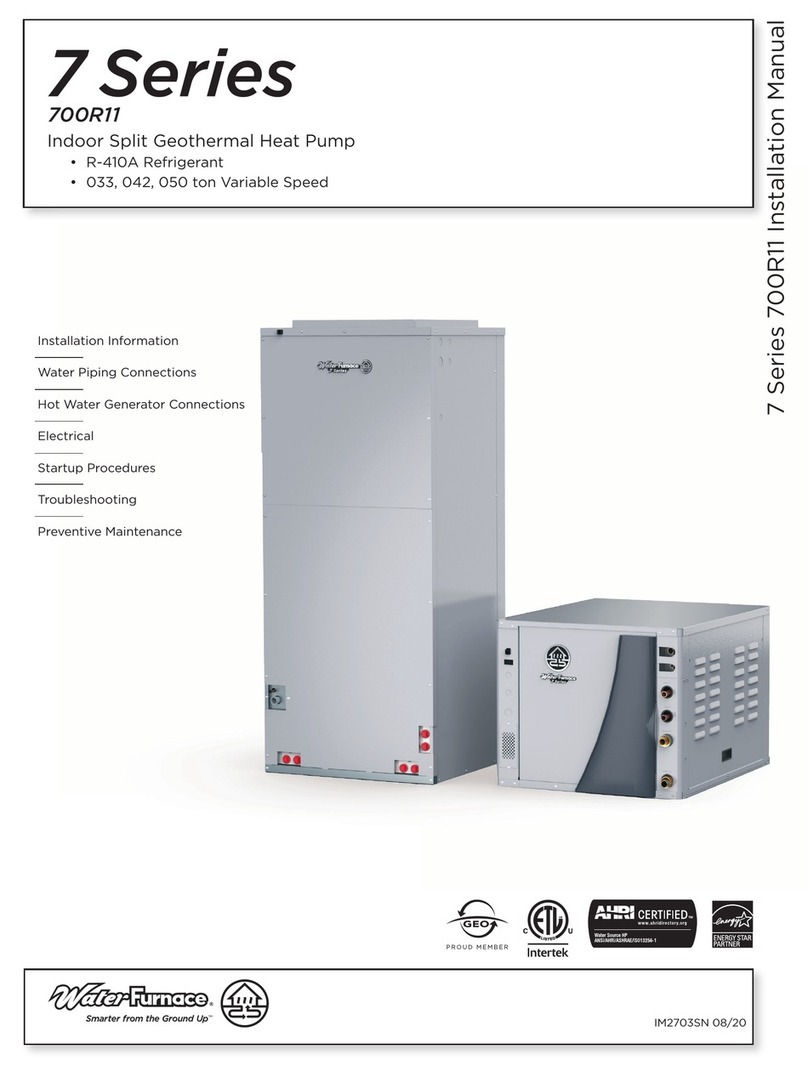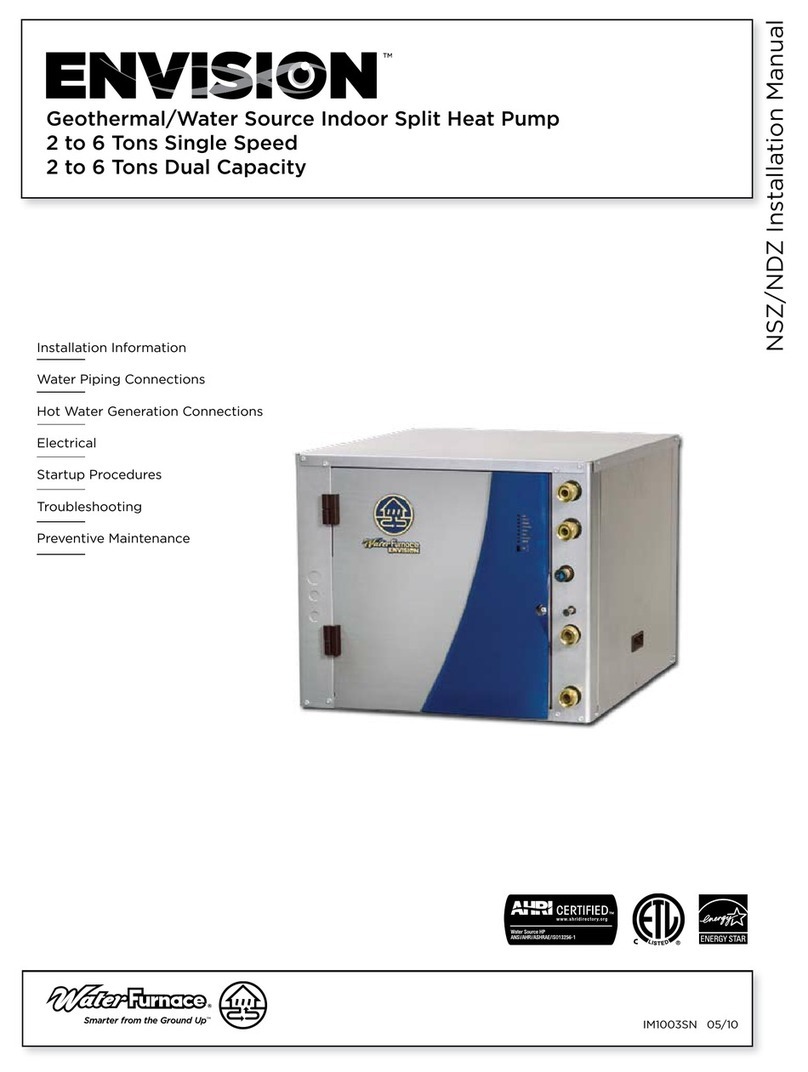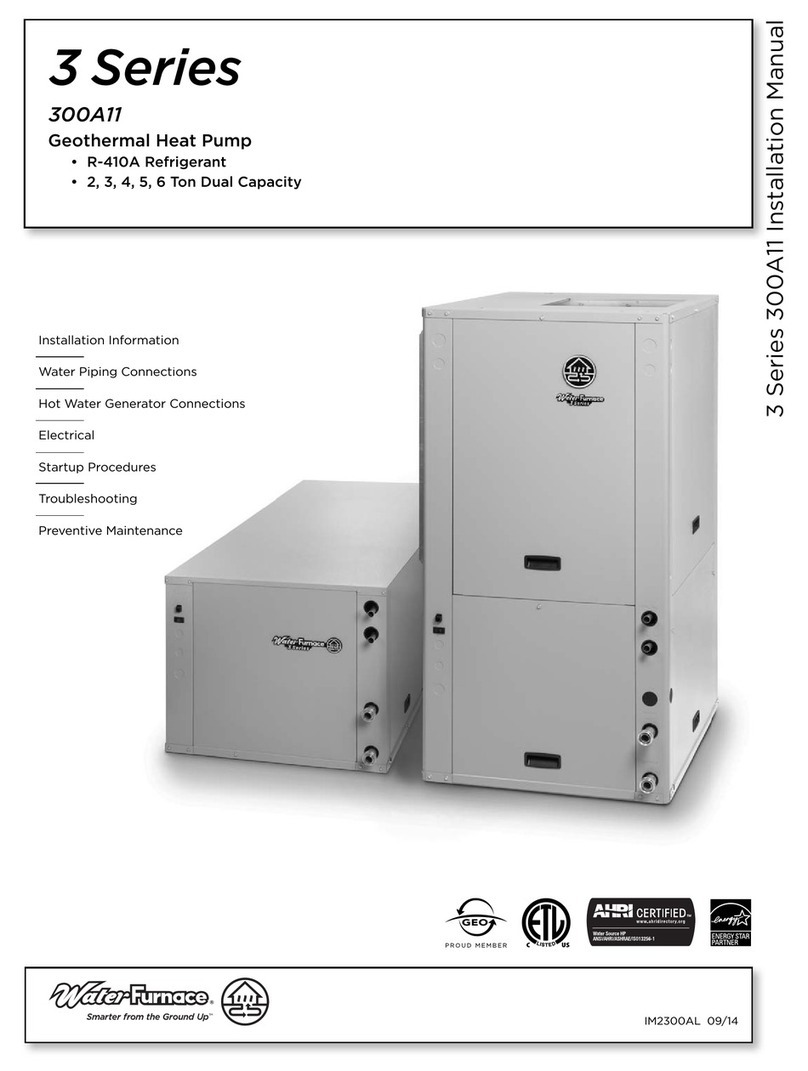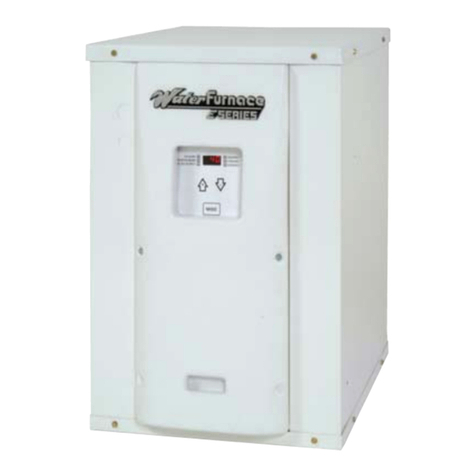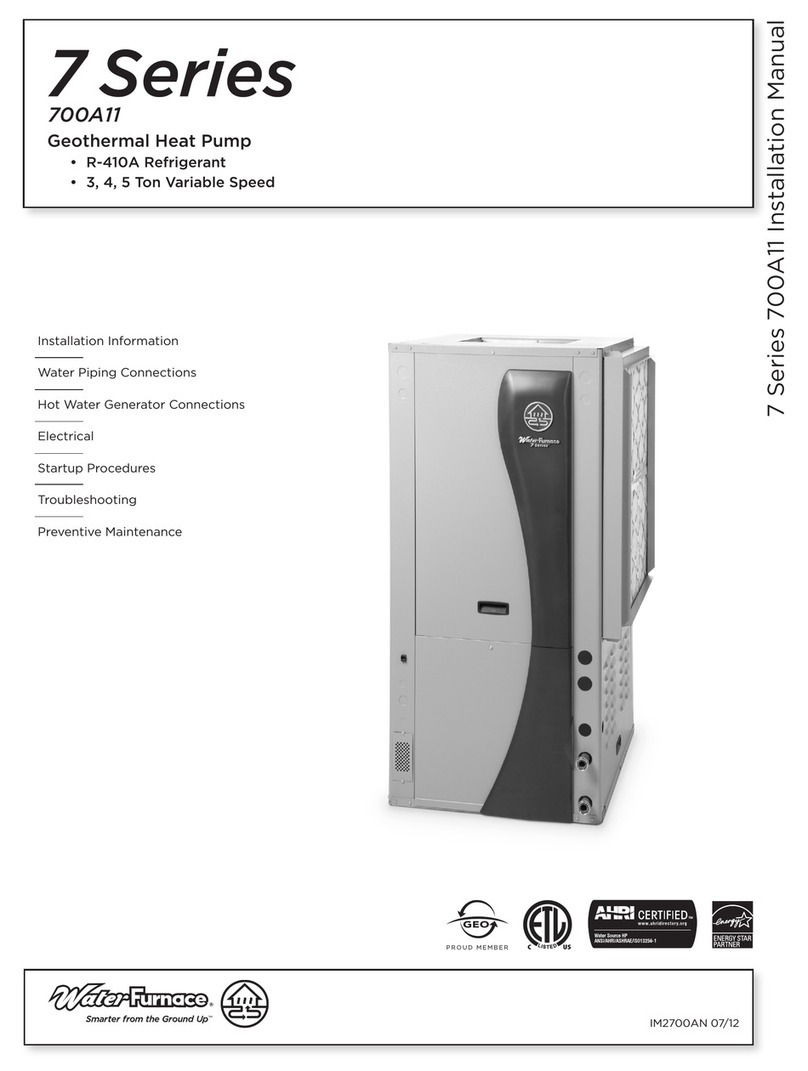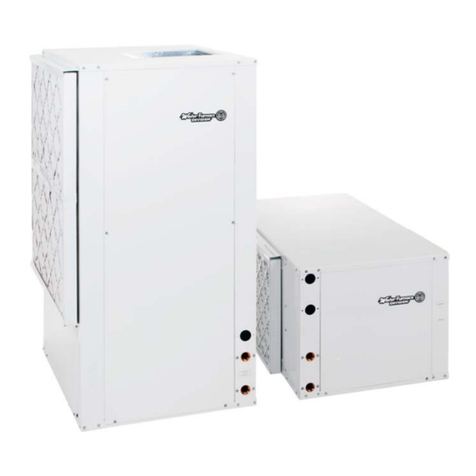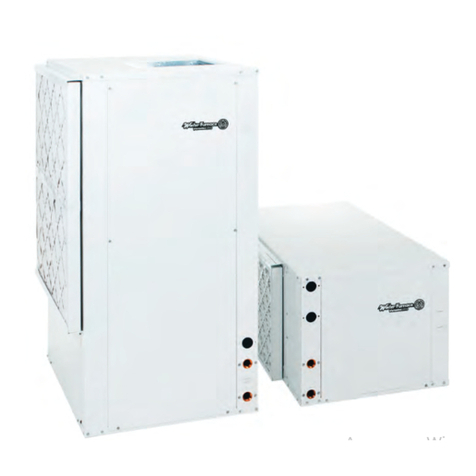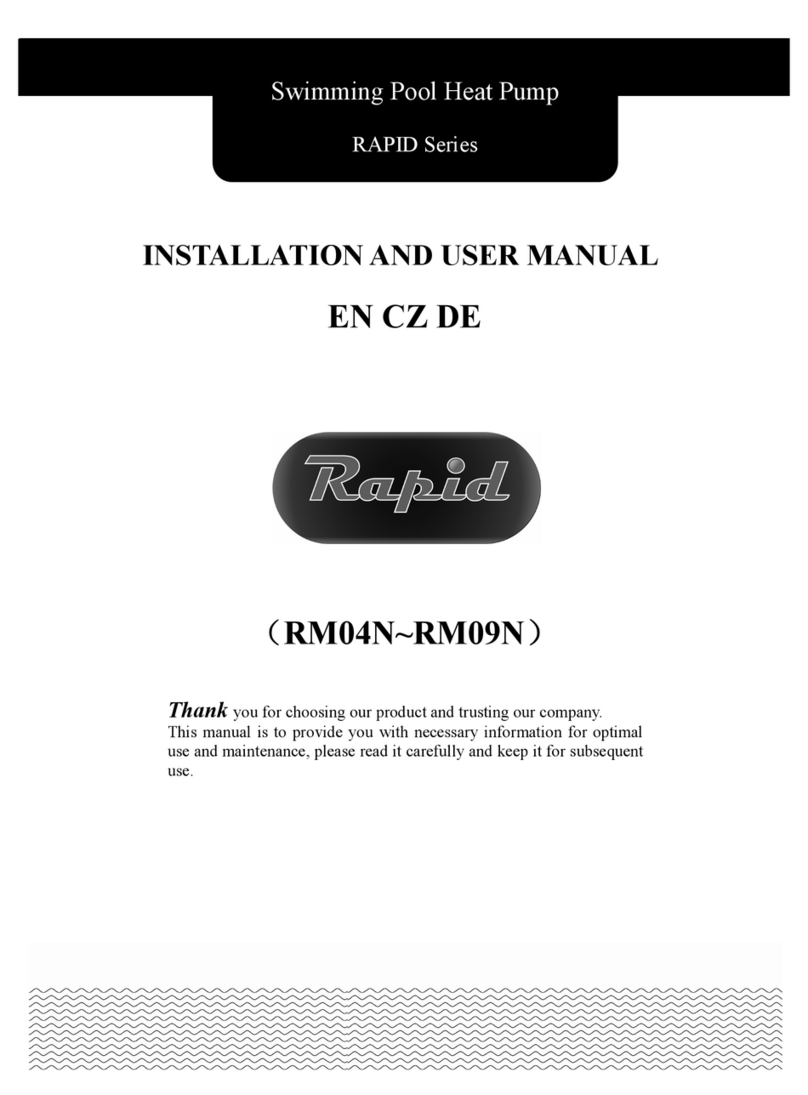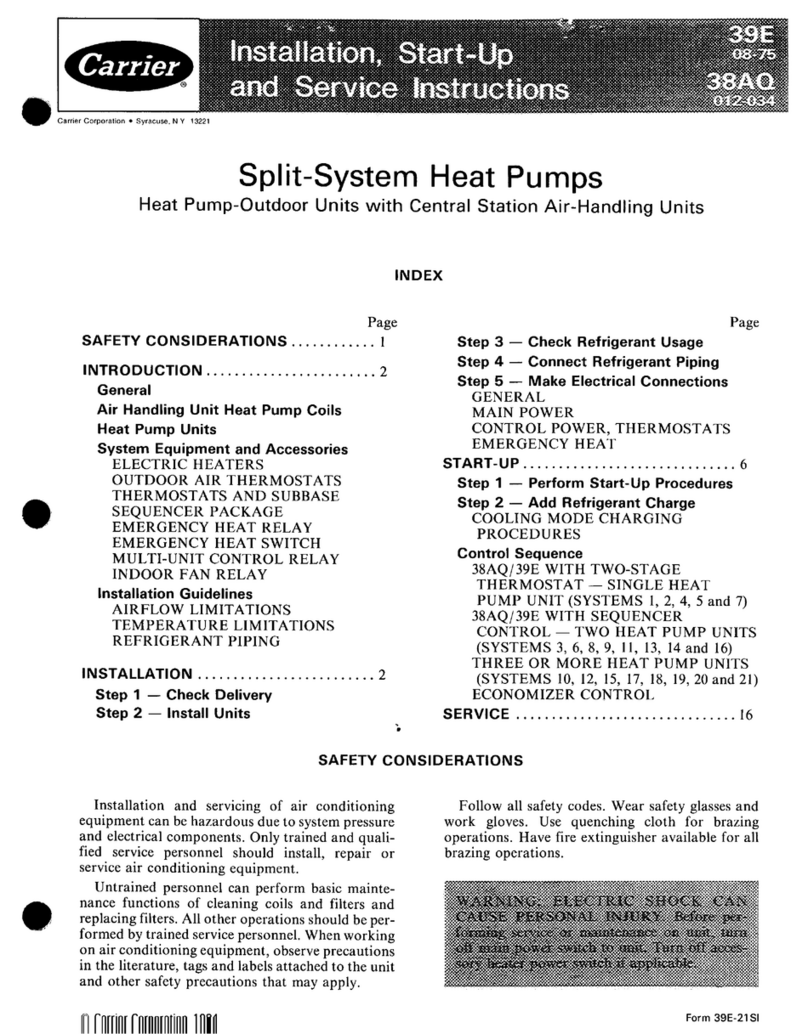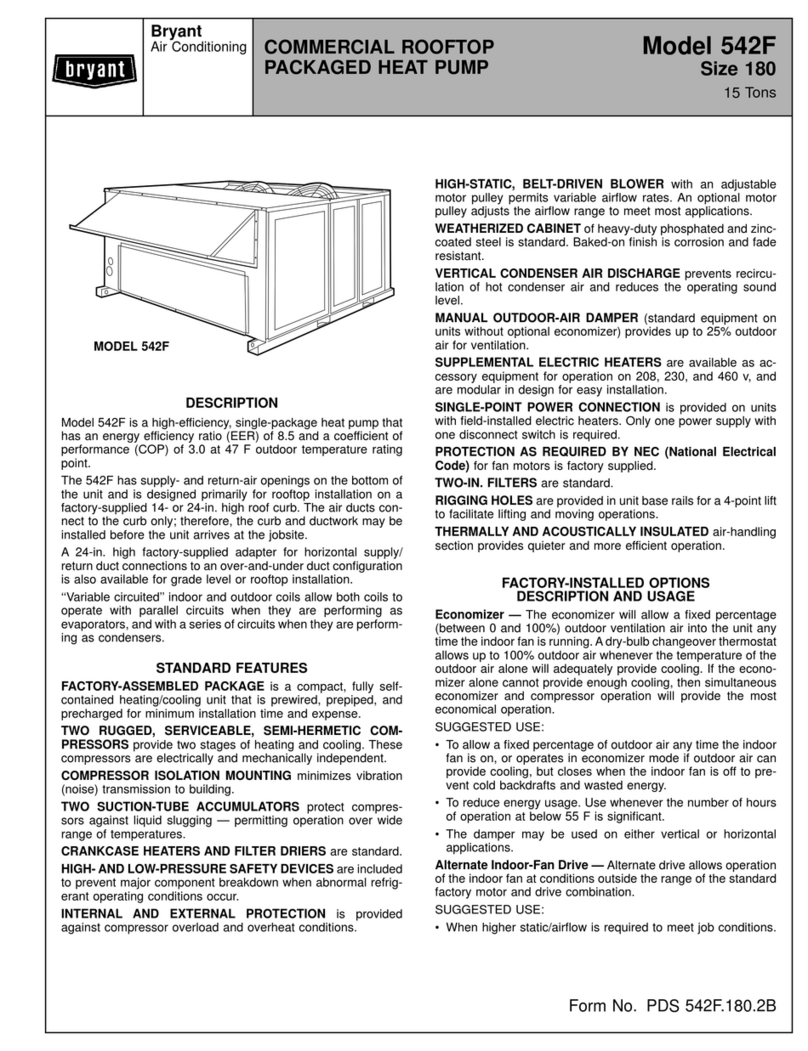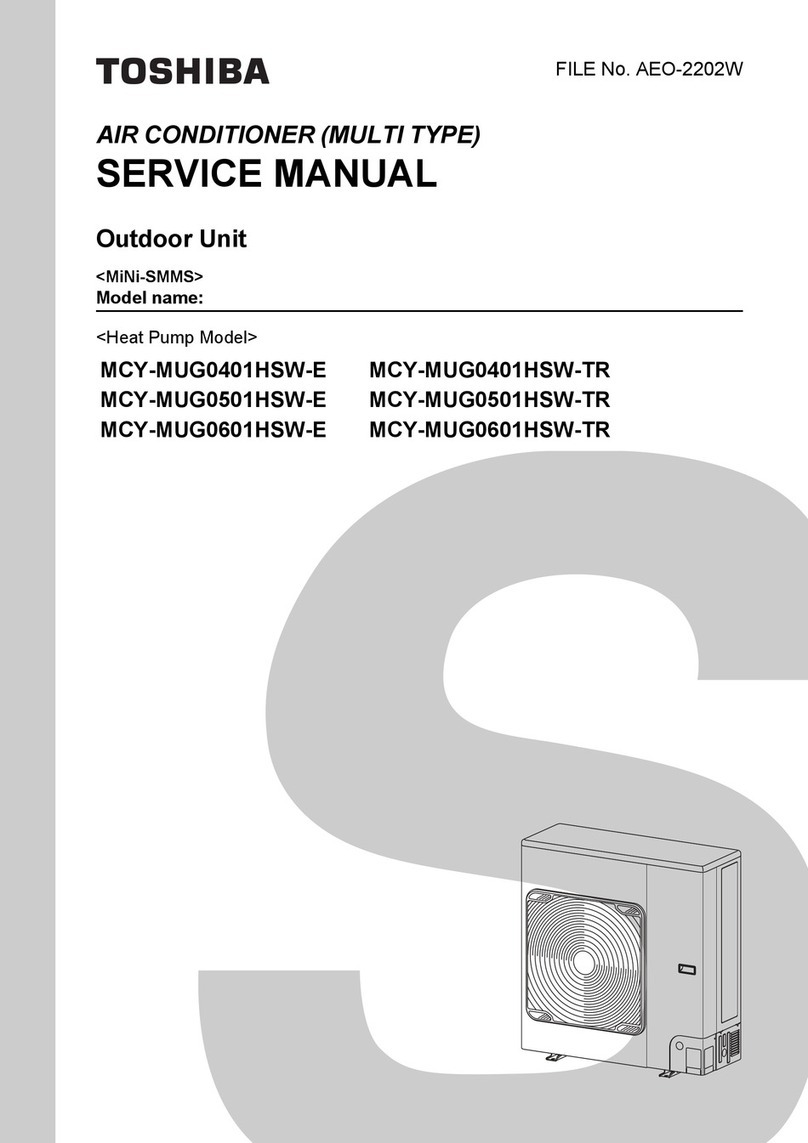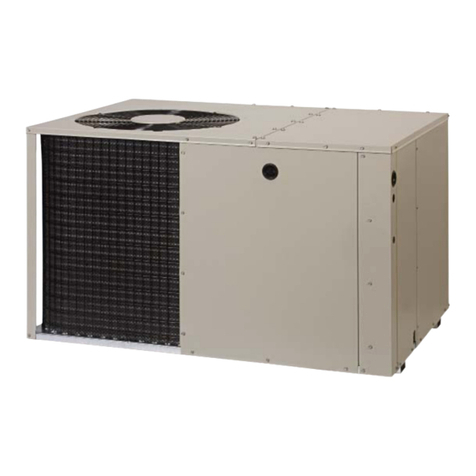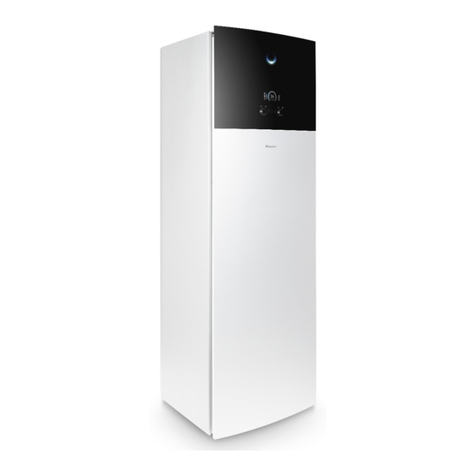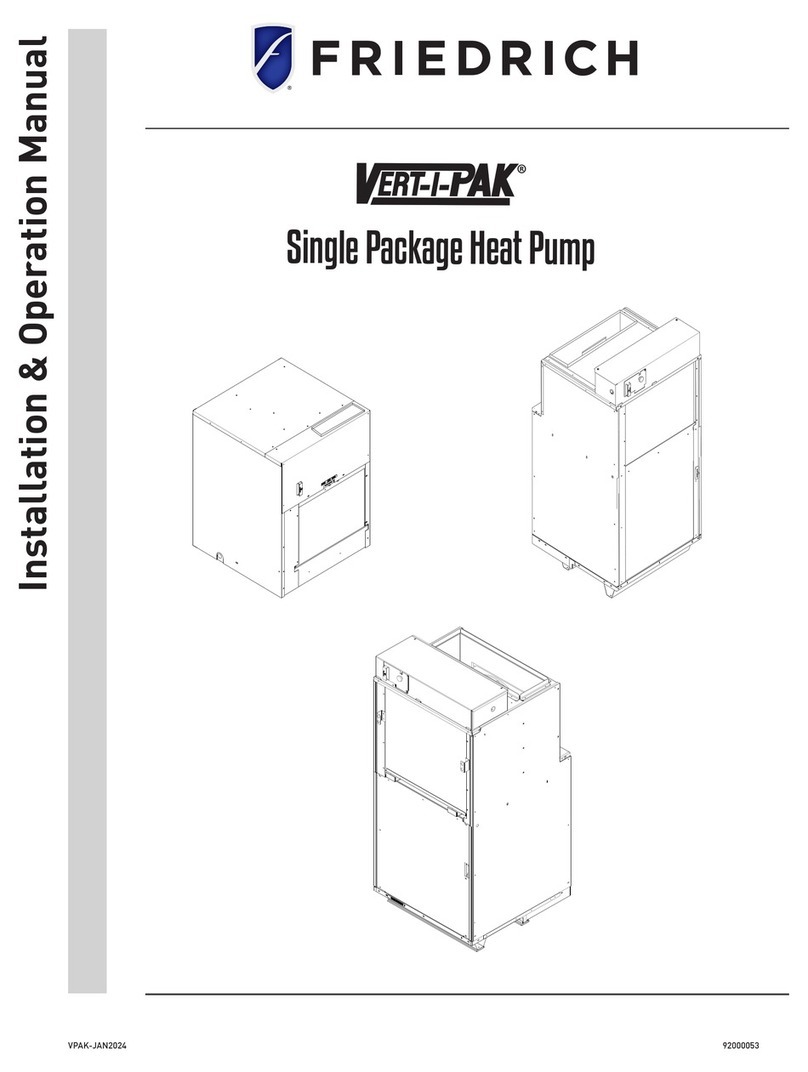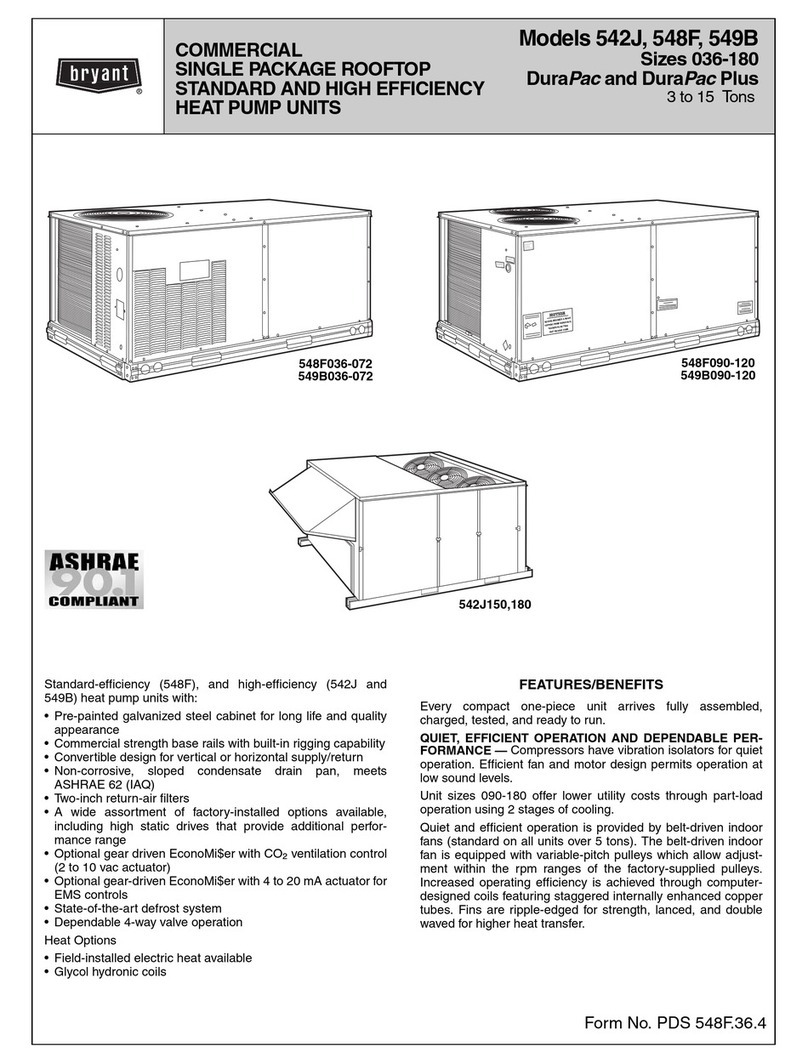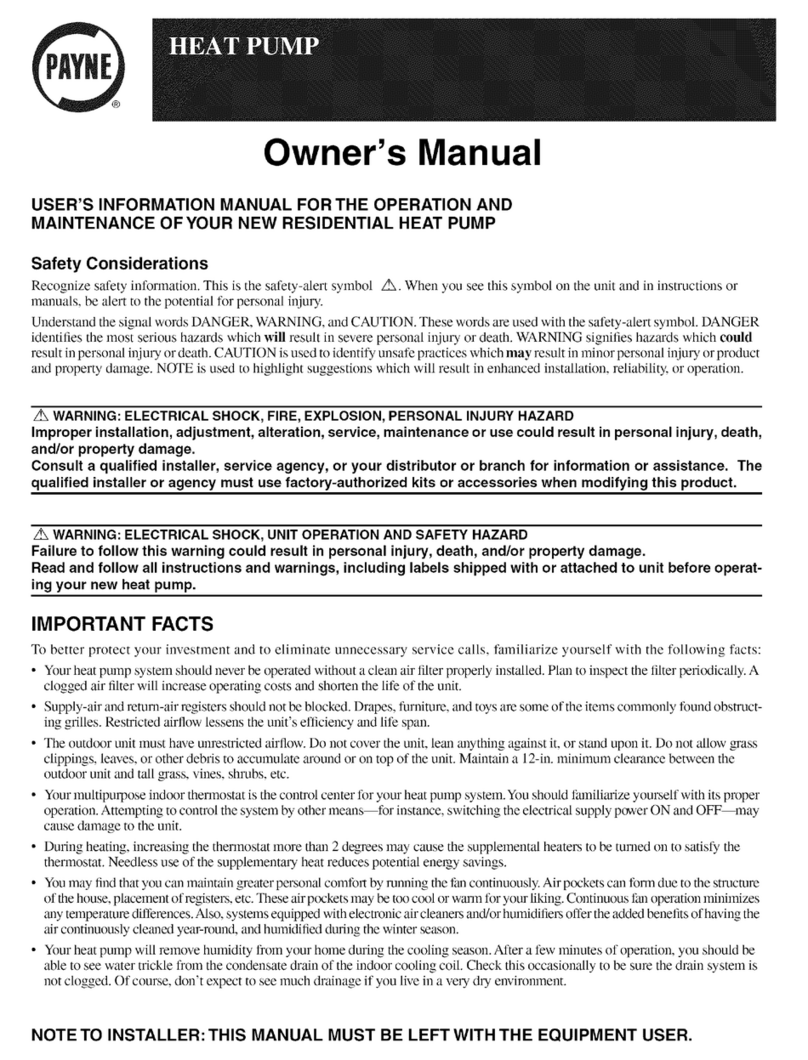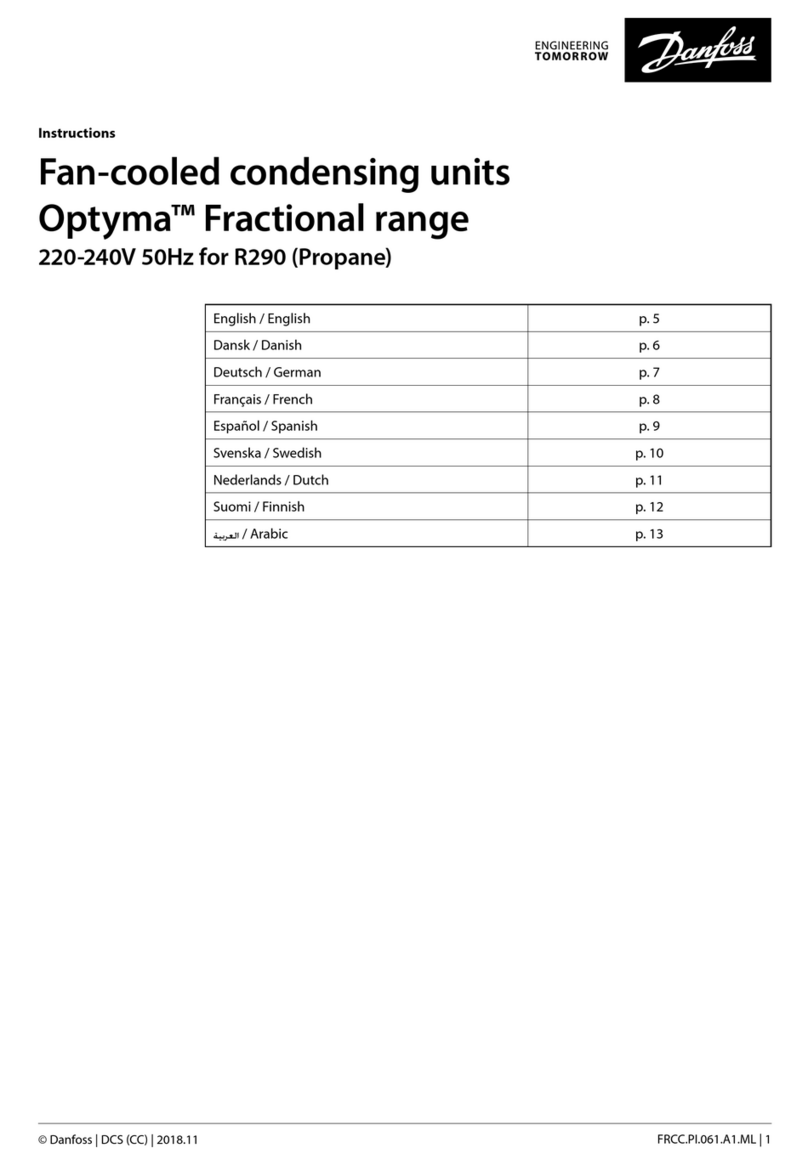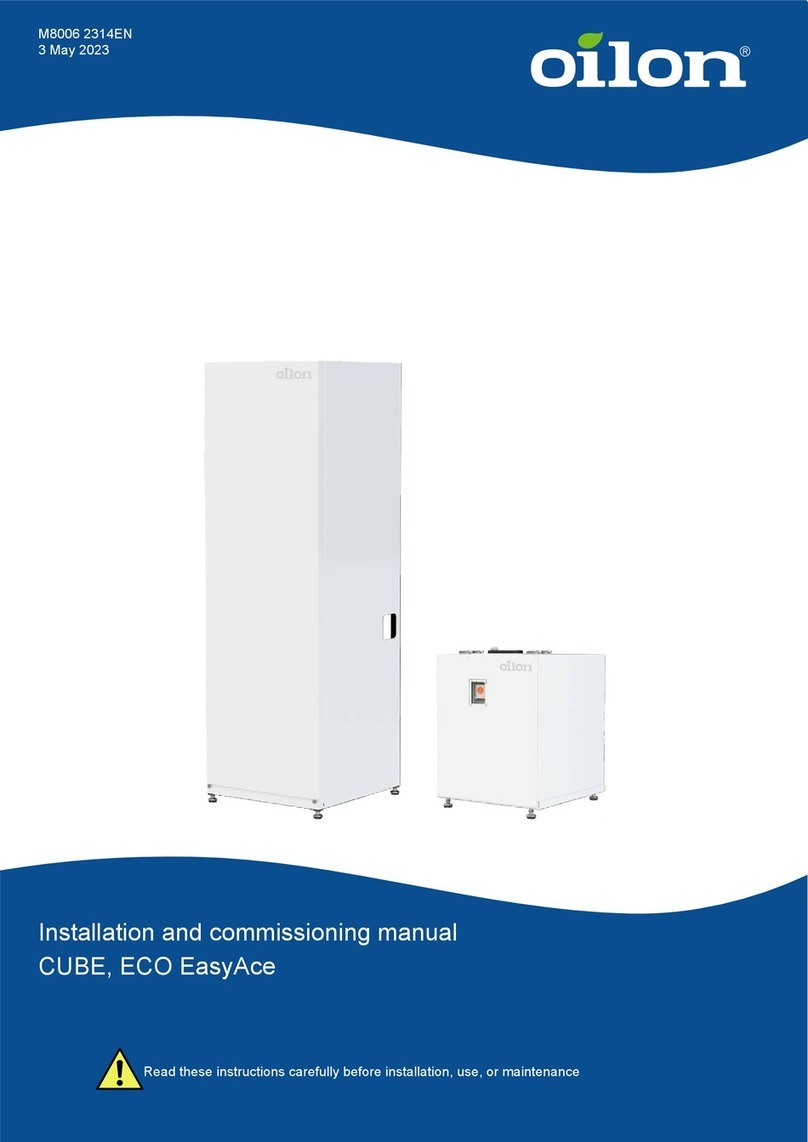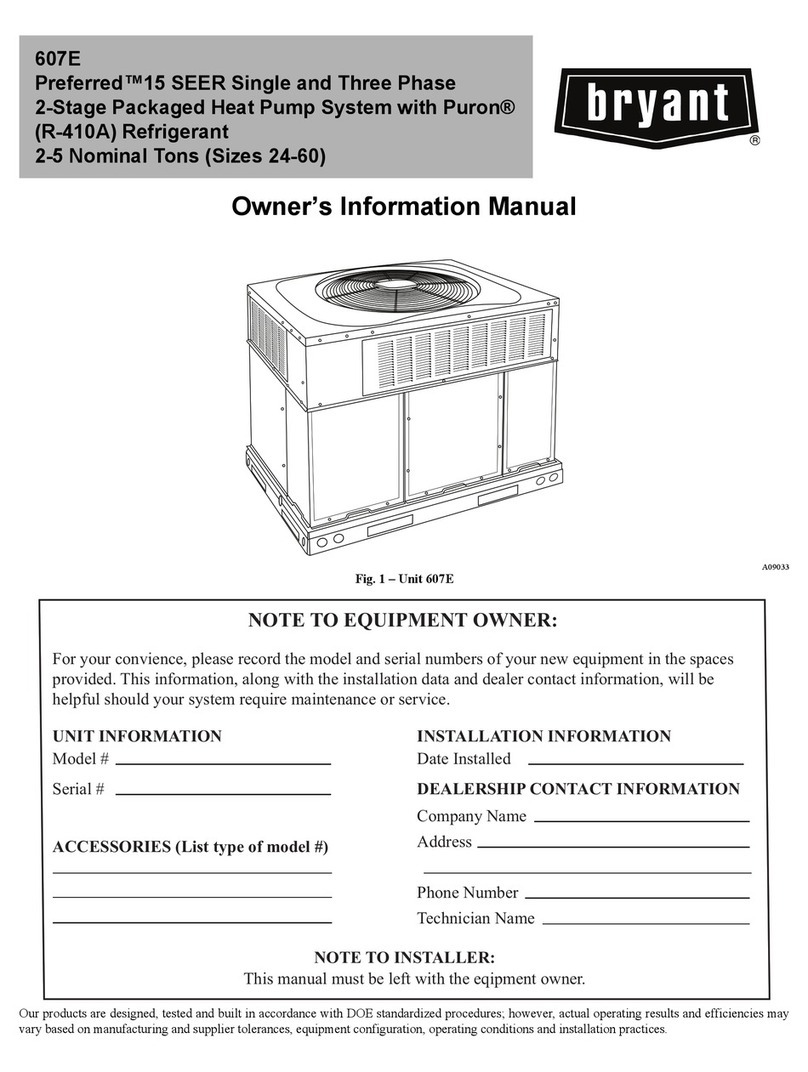
8
7 SERIES 700A11 INSTALLATION MANUAL
Water Quality
It is the responsibility of the system designer and installing
contractor to ensure that acceptable water quality is
present and that all applicable codes have been met in
these installations. Failure to adhere to the guidelines in
the water quality table could result in loss of warranty.
In ground water situations where scaling could be heavy
or where biological growth such as iron bacteria will be
present, a closed loop system is recommended. The heat
exchanger coils in ground water systems may, over a period
of time, lose heat exchange capabilities due to a buildup
of mineral deposits inside. These can be cleaned, but only
by a qualified service mechanic, as special solutions and
pumping equipment are required. Hot water generator coils
can likewise become scaled and possibly plugged. In areas
with extremely hard water, the owner should be informed
that the heat exchanger may require occasional flushing.
Heat pumps with cupronickel heat exchangers are
recommended for open loop applications due to the
increased resistance to build-up and corrosion, along with
reduced wear caused by acid cleaning.
Water Treatment
Do not use untreated or improperly treated water.
Equipment damage may occur. The use of improperly
treated or untreated water in this equipment may result in
scaling, erosion, corrosion, algae or slime. Purchase of a pre-
mix antifreeze could significantly improve system reliability
if the water quality is controlled and there are additives in
the mixture to inhibit corrosion. There are many examples
of such fluids on the market today such as Environol™ 1000
(pre-mix ethanol), and others. The services of a qualified
water treatment specialist should be engaged to determine
General Installation Information cont.
Material Copper 90/10 Cupronickel 316 Stainless Steel
pH Acidity/Alkalinity 7 - 9 7 - 9 7 - 9
Scaling Calcium and
Magnesium Carbonate
(Total Hardness)
less than 350 ppm
(Total Hardness)
less than 350 ppm
(Total Hardness)
less than 350 ppm
Corrosion
Hydrogen Sulfide Less than 0.5 ppm (rotten egg
smell appears at 0.5 ppm) 10 - 50 ppm Less than 1 ppm
Sulfates Less than 125 ppm Less than 125 ppm Less than 200 ppm
Chlorine Less than 0.5 ppm Less than 0.5 ppm Less than 0.5 ppm
Chlorides Less than 20 ppm Less than 125 ppm Less than 300 ppm
Carbon Dioxide Less than 50 ppm 10 - 50 ppm 10 - 50 ppm
Ammonia Less than 2 ppm Less than 2 ppm Less than 20 ppm
Ammonia Chloride Less than 0.5 ppm Less than 0.5 ppm Less than 0.5 ppm
Ammonia Nitrate Less than 0.5 ppm Less than 0.5 ppm Less than 0.5 ppm
Ammonia Hydroxide Less than 0.5 ppm Less than 0.5 ppm Less than 0.5 ppm
Ammonia Sulfate Less than 0.5 ppm Less than 0.5 ppm Less than 0.5 ppm
Total Dissolved Solids (TDS) Less than 1000 ppm 1000 - 1500 ppm 1000 - 1500 ppm
LSI Index +0.5 to -0.5 +0.5 to -0.5 +0.5 to -0.5
Iron Fouling
(Biological Growth)
Iron, FE2+ (Ferrous)
Bacterial Iron Potential < 0.2 ppm < 0.2 ppm < 0.2 ppm
Iron Oxide Less than 1 ppm, above this
level deposition will occur
Less than 1 ppm, above this
level deposition will occur
Less than 1 ppm, above this
level deposition will occur
Erosion
Suspended Solids Less than 10 ppm and filtered
for max. of 600 micron size
Less than 10 ppm and filtered
for max. of 600 micron size
Less than 10 ppm and filtered
for max. of 600 micron size
Threshold Velocity
(Fresh Water) < 6 ft/sec < 6 ft/sec < 6 ft/sec
NOTES: Grains = ppm divided by 17
mg/L is equivalent to ppm
2/22/12
what treatment, if any, is required. The product warranty
specifically excludes liability for corrosion, erosion or
deterioration of equipment.
The heat exchangers and water lines in the units are copper
or cupronickel tube. There may be other materials in the
buildings piping system that the designer may need to take
into consideration when deciding the parameters of the
water quality. If antifreeze or water treatment solution is
to be used, the designer should confirm it does not have a
detrimental effect on the materials in the system.
Contaminated Water
In applications where the water quality cannot be held to
prescribed limits, the use of a secondary or intermediate
heat exchanger is recommended to separate the unit fro
the contaminated water. The table above outlines the
water quality guidelines for unit heat exchangers. If these
conditions are exceeded, a secondary heat exchanger is
required. Failure to supply a secondary heat exchanger
where needed will result in a warranty exclusion for primary
heat exchanger corrosion or failure.
Low Water Coil Limit
Set the freeze sensing switch SW2-1 on the Aurora Base
Control (ABC) printed circuit board for applications using
a closed loop antifreeze solution to “LOOP” (15°F). On
applications using an open loop/ground water system (or
closed loop no antifreeze), set this dip switch to “WELL”
(30°F), the factory default setting. (Refer to the DIP Switch
Settings table in the Aurora Control section.)




















